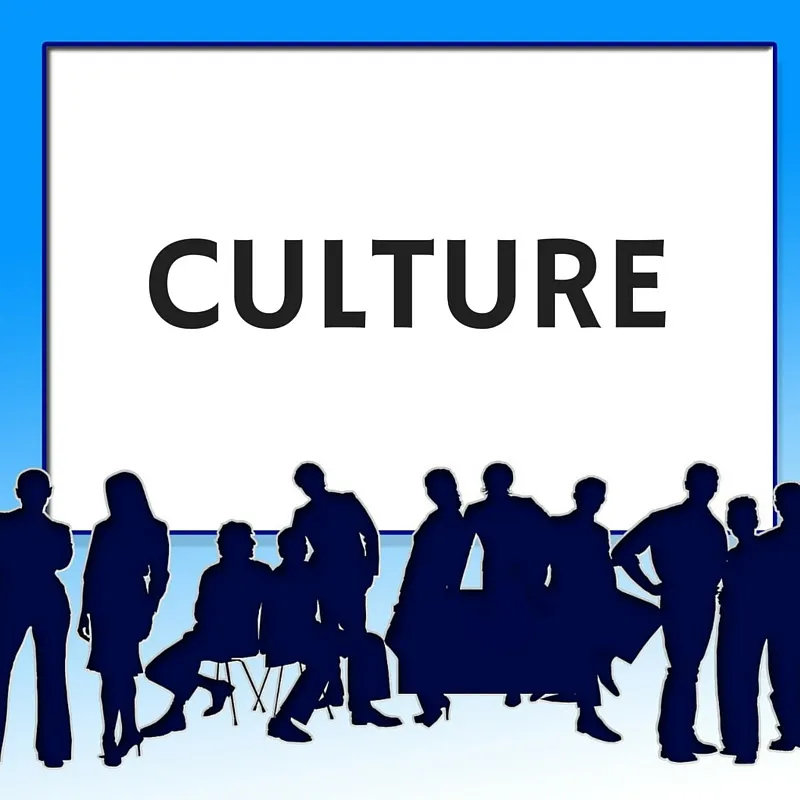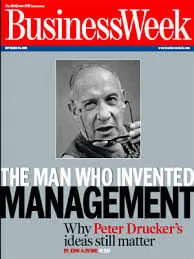A Culture of Trust Is Essential
In This Issue
- A Gallop Workplace Survey: Creating a Culture of Trust Within Your Organization
- Optimizing Management Effectiveness
- Introducing The Management Effectiveness Trifecta™
- Free Virtual Showcase: The Five Behaviors That Unlock the Power of Teamwork

Creating a Culture of Trust Within Your Organization
According to a recent Gallop Workplace Survey, establishing trust between leaders and employees is essential for any successful organization. Yet only 21% of U.S. employees strongly agree that they trust the leadership of their organization. Without trust at the top, it becomes difficult to effectively lead change and cultivate an environment of confidence in the future.
Fortunately, Gallup discovered that 95% of employees fully trust them when leaders implement the following three specific actions:
1. Clear Communication
Leaders must clearly articulate their vision and the approach needed to achieve it, in order to offer employees a road map for where to focus their energy. Without this guidance, teams lack direction and understanding which can lead to confusion, frustration, and low confidence when navigating change.
To further ensure that their message is heard, leaders need to be available for questions and feedback from their team. Two-way communication ensures everyone understands the goal and how to achieve it.
2. Creating Confidence in the Future
Leaders must also help employees make sense of changes by expressing a clear vision of how they will affect the organization in the future. When managers actively support change, employees are eleven times as likely to believe their leaders provide a clear vision of how today’s changes will affect their organization. Otherwise, just two in ten feel highly confident in their leaders to manage emerging challenges.
3. Supporting Managers
Leadership communication is only part of the equation; successful change also requires manager-level support for employees. When employees don’t trust leadership, the breakdown is often at the manager level. This means it is critical for leaders to provide managers with training and development. Leaders must set the expectation that every manager/team leader will discuss with their team how the change will affect them specifically. Unfortunately, only about three in ten leaders and managers say they have done this on a regular basis.
Summary and Action Steps
Demonstrating support for managers and providing them with the tools to communicate effectively is essential for building trust and confidence in any organization. Leaders must articulate the vision, explain the why, answer questions, and help their people believe in the change. By providing clear communication, enabling managers to provide guidance to their teams, and creating a vision of the future, leaders can more effectively establish trust with everyone in their organization.
- Leaders must clearly articulate their vision and strategy for navigating change
- Provide management effectiveness training and development so they can effectively support employees during periods of transition.
- Assure two-way communication to ensure understanding at the team level
- Leaders must provide a vision of the future to create confidence in their approach
- Investing in trust-building management development that will lead to higher employee engagement and improved performance.
By implementing these steps, leaders can successfully build trust in their organization, enabling them to more effectively lead change and ensure that everyone is on the same page. It is essential for leaders to prioritize communication and team support. The success of any organization depends on it.

Optimizing Management Effectiveness
Effectiveness Defined
Peter Drucker, the greatest management thinker ever and author of thirty-nine books including the classic The Effective Executive, taught, “Effectiveness is getting the right things done.” He also taught that every knowledge worker and those who manage them in a modern organization are “executives” if, by virtue of his or her position or knowledge, he or she is responsible for a contribution that materially affects the capacity of the organization to perform and obtain results.
Managing Oneself
In his Harvard Business Review article, “Managing Oneself” (originally published in 1999), Peter Drucker said, “Success in the knowledge economy comes to those who know themselves—their strengths, their values, and how they best perform.” This means it is essential to understand the employee/manager relationship.
A recent Wiley survey of 5,000 employees found the skills that contribute to manager effectiveness are more relational in nature with 57% putting communication at the top followed by developing others (37%).
Recommended Resources
Introducing The Management Effectiveness Trifecta™
The Management Effectiveness Trifecta™ is a trio of unique assessments that measure what Drucker advised us to concentrate on. Click on the following button to learn more about The Effective Management Trifecta™:
Click Here to Learn More About The Management Effectiveness Trifecta™
A Free Teamwork Showcase
The ability for individuals within an organization to work together effectively and productively is now more critical than ever—it’s time to rewrite the rules of teamwork.
The Five Behaviors® can be your solution.
To Learn More Attend The Free Showcase
The Five Behaviors That Unlock the Power of Teamwork Showcase
Wednesday, May 17, 2023, Noon to 1:00 PM, EDT
Click here to Learn More and Register for the Free Showcase
